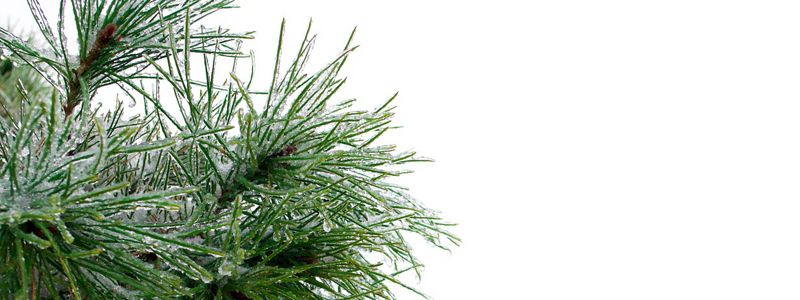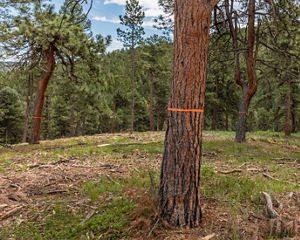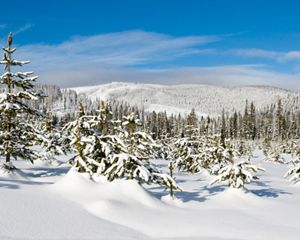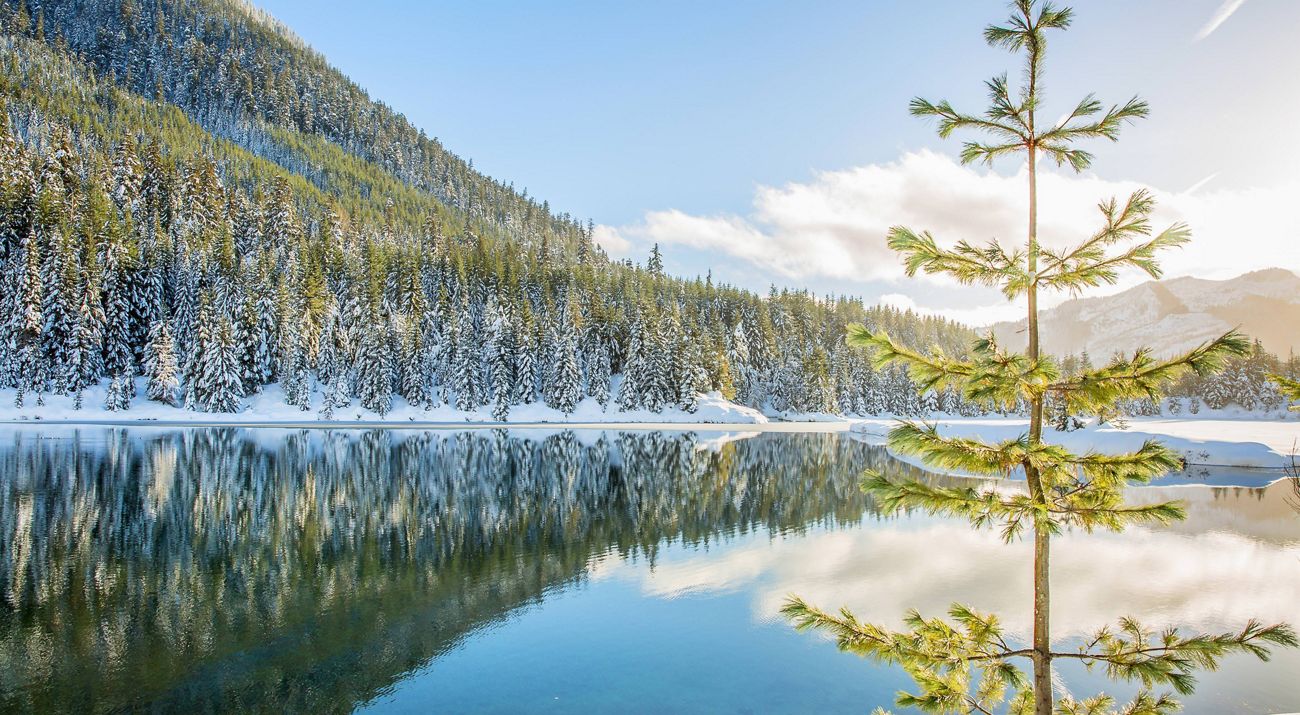
Real vs. Fake—Which Christmas Tree Is Better for the Environment?
Learn why choosing a real Christmas tree helps nature.
Every year around the end of November, Christmas trees begin to be on a lot of people’s minds. There are many questions about which types of trees are more environmentally friendly. We made a list and checked it twice.
Real or Fake: Which Christmas tree is better for the environment?
Short answer—real! Real trees help fight climate change, and even though your Christmas tree is cut down, you’re actually supporting forests. More on that later.
Are fake Christmas trees bad for the environment?
In the U.S., around 10 million artificial trees are purchased each season. Nearly 90% of them are shipped across the world from China, resulting in an increase of carbon emissions and resources. And because of the material they are made of, most artificial trees are not recyclable and end up in local landfills. Not to mention the smell of new plastic is just not as nostalgic as a crisp, fresh evergreen.
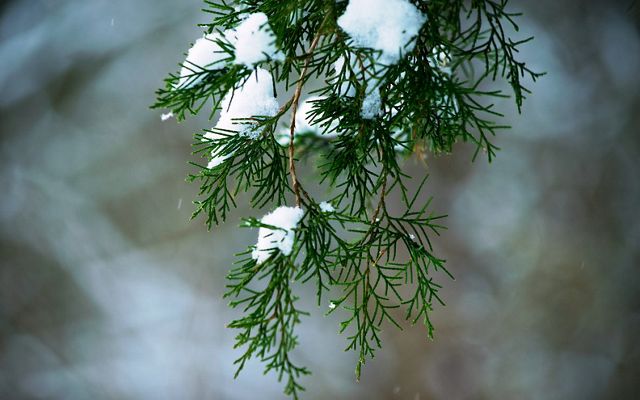

Why are real trees better than artificial ones?
First off, real trees don’t require the intensive carbon emissions that it takes to produce and ship artificial trees.
Next, you’re supporting forests. When these natural trees are harvested for sale, there are more than ten times as many left standing! Out of the 350-500 million growing on tree farms across the U.S., only 30 million trees are harvested for Christmas each year. Buying real trees will help keep tree farms in business—and in turn keep their lands covered in the healthy forest habitat that wildlife depends on to survive.
And what’s more, once all the festivities are done, these trees can be recycled and given a second life. Most states have organizations that use these donated Christmas trees for conservation and habitat projects in their local communities. Meanwhile, artificial trees are usually not recyclable and often end up filling our landfills.
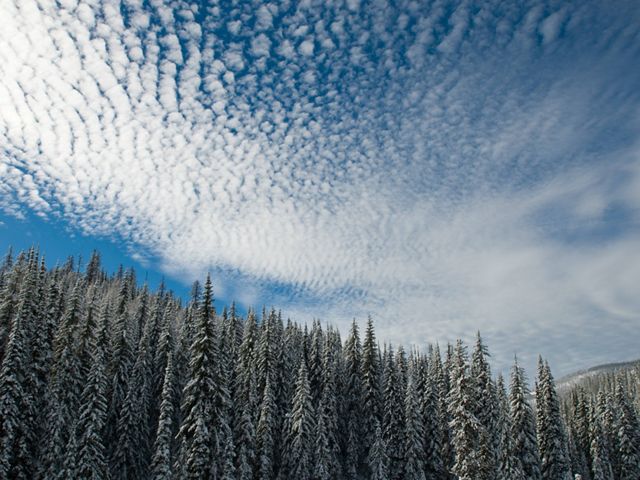
But shouldn’t we avoid cutting down trees in general?
Science shows that one of the best ways to protect forests is to use them—carefully. When our forests are sustainably managed, they can produce renewable resources like Christmas trees and other wood-made products.
This is important because well-maintained forests often store as much carbon as unmanaged forests, making innovative forest management methods a key solution to fighting climate change. More than half of U.S. forests are privately owned. Buying sustainable forest products supports local communities and gives landowners the profits they need to keep their land forested.
How is my real Christmas tree making a difference for nature?
We can cut more than 30% of the carbon emissions needed to slow climate change with natural solutions like restoring our forests. You purchasing a real Christmas tree means you’re supporting local tree farmers and helping maintain healthy forests for generations to come.
For every tree purchased, farmers plant 1-3 seedlings in its place according to the National Christmas Tree Association. That means more trees to fight climate change and to provide more vital benefits for people and nature like clean air and water, wildlife habitat and healthy soil. At The Nature Conservancy, we’re working in places like the United States, China, Mexico and Brazil on our Plant A Billion Trees initiative that provides trees to the habitats that need them most.
Our power to make a difference is as easy as 1-2-tree. This year, you can do your part for nature by picking out a real tree that’s not only beautiful but good for nature too. That could cement your position on the “nice” list.
Stay in the Loop
Get conservation stories, news and local opportunities from where you live.
